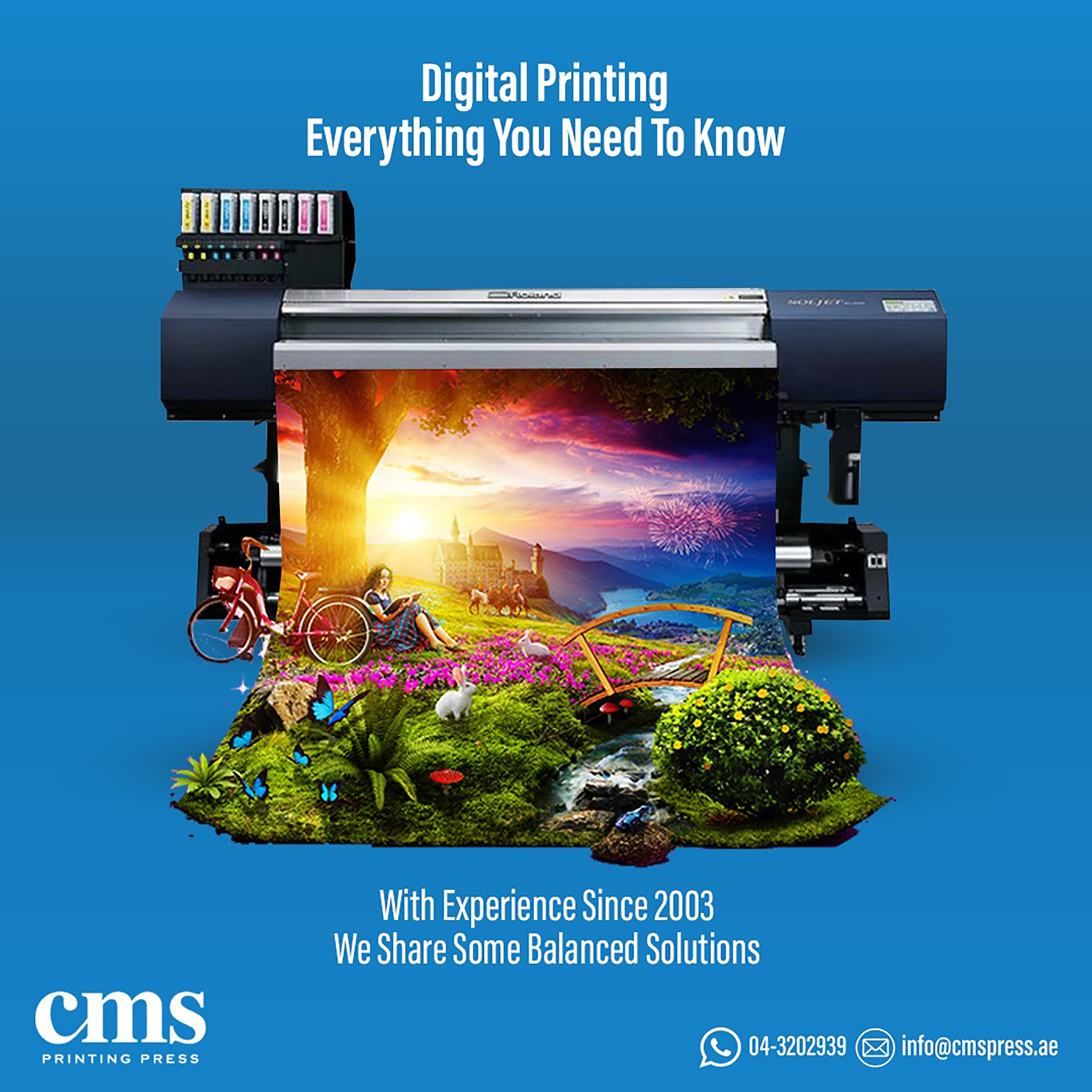Understanding How Digital Printing Transforms the Printing Sector
The printing industry, long steeped in typical methods, is going through an extreme transformation with the introduction of electronic printing. This innovative innovation, which shuns the need for publishing plates, makes it possible for rapid manufacturing and personalization, reshaping the landscape of print communication. With its potential to stimulate interaction via personalized content and to use lasting remedies, it's clear that electronic printing is more than a technological development; it's a crucial video game changer. But how exactly does it transform the market? Allow's discover.
The Advancement of Digital Printing: A Quick Review
Because its beginning, electronic printing has actually gone through substantial improvements, continually reinventing the printing industry. With the arrival of the 90s, digital printing modern technology began to grow, and the market observed the introduction of straight imaging presses, which removed the requirement for publishing plates. As the new millennium unravelled, advancements in modern technology further spurred the development of electronic printing, leading to the creation of high-speed inkjet printers.

Unboxing the Modern Technology Behind Digital Printing
Looking into the details of digital printing technology, one runs into a rich tapestry of innovative machinery and facility formulas. At the heart of this procedure lies a digital image, which is processed by software that splits it into a grid of dots. These dots are after that converted right into an electronic code. This code is translated by the printer, which uses it to specifically deposit beads of ink onto the substrate. The droplets are so tiny and accurate that they develop a picture that is basically identical from the initial. This elaborate system, strengthened by sophisticated software program and high-resolution imaging, has changed the landscape of the printing market, leading the method for extraordinary levels of information and accuracy.

The Advantages of Digital Printing for Companies
Understanding the modern technology behind digital printing provides a clear photo of its accuracy and detail. For companies, this equates into numerous advantages. Digital printing supplies unprecedented rate, enabling firms to fulfill tight due dates without compromising on top quality. Next off, it minimizes expenses as there are no plates or physical setup, making it perfect for small-volume printing jobs. This innovation uses superior consistency with each print outcome, removing variations typically seen in typical methods. Finally, electronic printing is eco-friendly, making use of much less ink and producing less waste. However, the complete capacity of electronic printing is understood when made use of for modification and customization, a subject that will be covered detailed in the next section.
The Role of Digital Printing in Customization and Personalization
While traditional printing approaches battle with modification and personalization, electronic printing excels in these locations. It enables the easy alteration of designs, without the demand for costly and lengthy plate modifications (print on demand). This enables companies to tailor items to private clients, meeting specific needs and improving customer contentment
Digital printing likewise enables variable information printing, where aspects such as message, graphics, and photos may be changed from one published item to the next, without decreasing the printing procedure. This is specifically useful for straight advertising campaigns, where tailored messaging can significantly enhance feedback rates. By doing this, electronic printing not only reinvents the printing sector but likewise changes the means businesses interact with their clients.
Evaluating the Ecological Impact of Digital Printing
Although digital printing has actually been lauded for its duty in customization and personalization, it is vital to analyze its ecological impact. Digital printing can be less wasteful than standard approaches, due to the fact that it operates a 'print as needed' basis, removing the demand that site for large print runs that can result in surplus and waste. Additionally, it uses fewer chemicals and creates less volatile natural substances (VOCs) contrasted click this link to counter printing. The power use of electronic printers can be high, leading to raised carbon impact. The use of non-recyclable printing components and the challenge of e-waste management posture substantial ecological issues. As a result, while digital printing has many benefits, its ecological effect must be diligently taken care of.
Final thought
In final thought, electronic printing has transformed the printing market, supplying rapid, economical, and high-quality services - print on demand. Comprehending these adjustments is crucial for pop over here companies to take advantage of the advantages of electronic printing effectively.
Comments on “Choosing the right supplier is essential in the print on demand industry.”